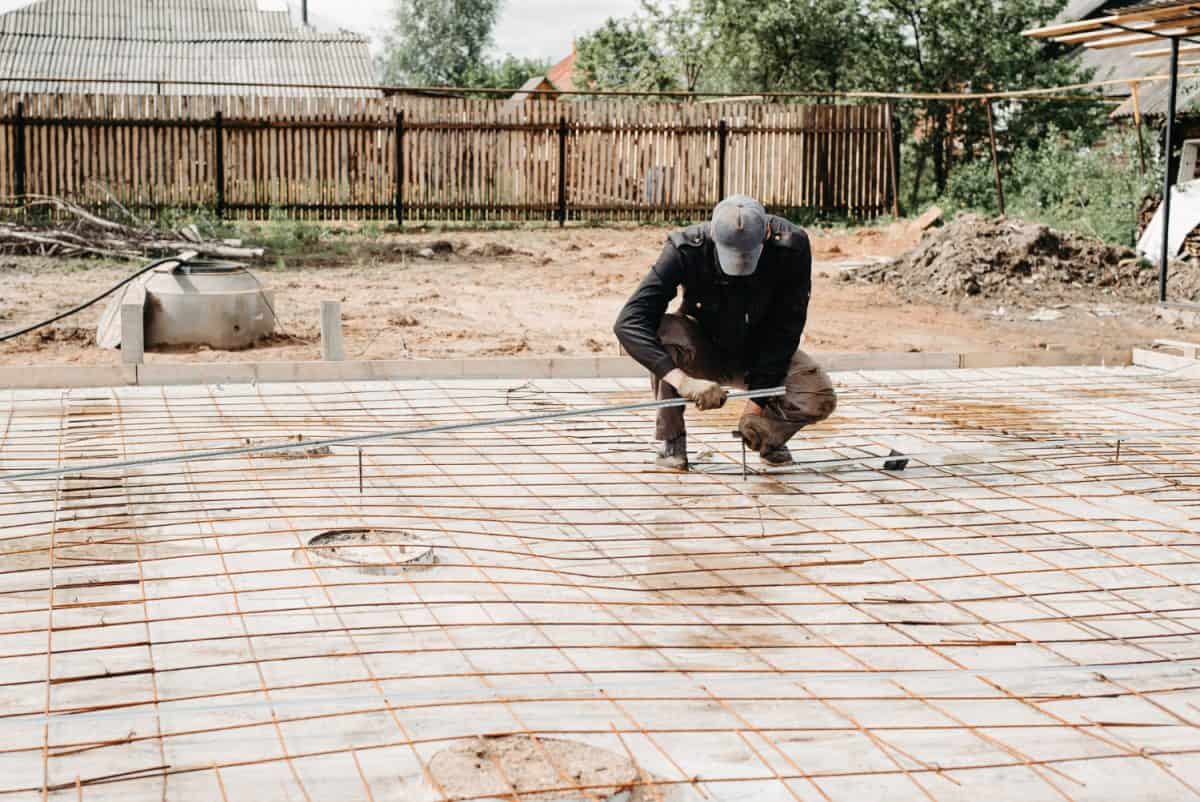
Waterproofing protects a building from moisture. What is waterproofing? What materials are used for it?
Waterproofing is supposed to protect the building structure from moisture and water. However, it turns out that the water itself is not as dangerous to the building as the substances it carries. There are various chemical substances in water, which have been formed, among others, as a result of decay of plants or due to other chemical processes. These problems affect not only foundations, but also, among others, rooms with increased humidity such as kitchens and bathrooms and balconies. That is why waterproofing should be applied in all places in the building that are exposed to moisture, i.e. in the foundations, basement and bathroom.
The effectiveness of waterproofing depends on several factors, and these are:
Depending on your needs, you can use one or more waterproofing materials. Flat foil is up to 2 mm thick and comes in black and gray colors. It is made of polyethylene and polyvinyl chloride, can have different densities (the higher, the better protection against moisture). It is a very durable material and convenient to use. Flat foil can be used for vertical waterproofing of walls, basements or foundations. This material should be welded at its ends or joined with a snap.
Another material is pressed fo il also called bucket or button foil. It has a thickness between 0.5 mm and 1 mm, embossing can be up to 8 mm thick. It is made of PE-HD, which is stronger than polyethylene and polyvinyl chloride, but as a hydrophobic protection it cannot be used alone – it is used as an additional protection of the existing insulation.
>> See also: How to avoid mistakes when laying tiles?
The next material used for waterproofing are bituminous masses, that is, asphalt solutions and emulsions, asphalt masses, special hydrophobic binders. This material forms a hydrophobic protective coating. Bituminous masses are mainly used to protect walls, roofs, balconies.
The last material used for waterproofing are roofing papers, which are characterized by layered structure – polyester fabric or glass veil are covered on both sides with asphalt, which is modified with APP plastomer. This ensures that the waterproofing properties of the membrane are maintained even in a very wide temperature range. This material is used for vertical and horizontal insulation of foundations.